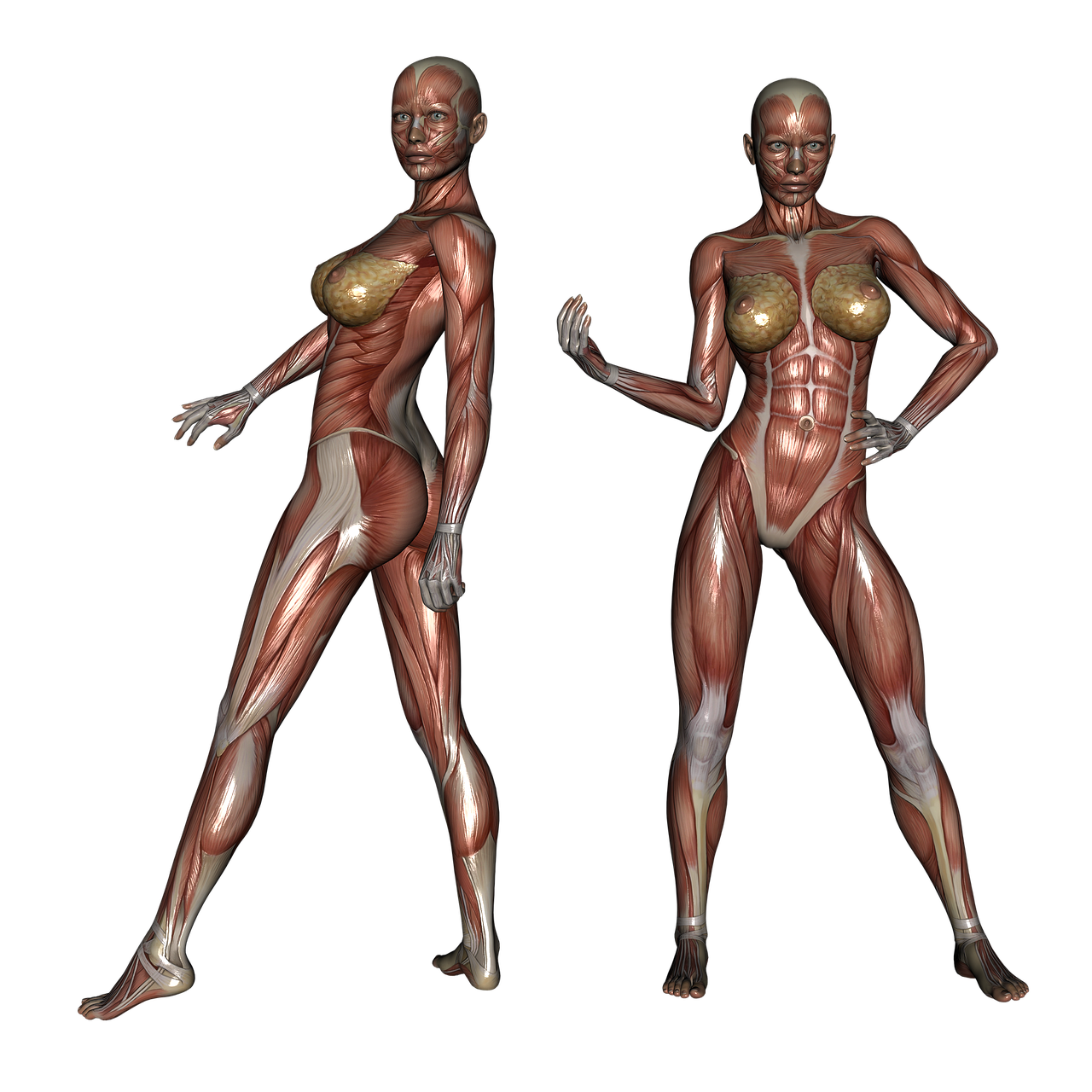
Building Bigger Arms: Comparing Hammer Curls to Biceps Curls
The Importance of Arm Workouts
Arm workouts are an essential part of any fitness routine. Not only do they help you build bigger and stronger arms, but they also help you perform daily activities with ease. The two most common exercises for building arm muscles are hammer curls and biceps curls. But which one is better for building bigger arms? Let’s take a closer look.
What are Hammer Curls?
Hammer curls are a type of resistance exercise that targets the biceps, forearms, and brachialis muscles. The exercise involves holding a weight in each hand with your palms facing your body. You then lift the weights towards your shoulders while keeping your elbows close to your body. This movement resembles the motion of holding a hammer, hence the name “hammer curls.”
What are Biceps Curls?
Biceps curls are another type of resistance exercise that targets the biceps muscle. The exercise involves holding a weight in each hand with your palms facing up. You then lift the weights towards your shoulders while keeping your elbows close to your body. This movement isolates the biceps muscle and is one of the most popular exercises for building bigger arms.
Comparing Hammer Curls to Biceps Curls
When it comes to building bigger arms, both hammer curls and biceps curls have their advantages. Here’s a closer look at how they compare:
Muscles Worked
Hammer curls work the biceps, forearms, and brachialis muscles. This exercise is great for targeting multiple muscle groups and building overall arm strength. Biceps curls, on the other hand, isolate the biceps muscle, making it an excellent exercise for building bigger biceps.
Range of Motion
Hammer curls have a greater range of motion than biceps curls. This is because the exercise involves lifting the weight towards your shoulders while keeping your elbows close to your body. Biceps curls, on the other hand, have a shorter range of motion since you’re only lifting the weight towards your shoulders.
Grip Strength
Hammer curls require a stronger grip than biceps curls since you’re holding the weight with your palms facing your body. This makes it an excellent exercise for improving grip strength and forearm muscles. Biceps curls, on the other hand, don’t require as much grip strength since you’re holding the weight with your palms facing up.
Variations
Both hammer curls and biceps curls have variations that can be used to target different areas of the arm muscles. For example, incline hammer curls can be used to target the brachialis muscle, while preacher curls can be used to isolate the biceps muscle even further.
Which Exercise is Better for Building Bigger Arms?
The answer to this question depends on your fitness goals. If you’re looking to build overall arm strength and target multiple muscle groups, then hammer curls are a great option. If you’re looking to isolate the biceps muscle and build bigger biceps, then biceps curls are the way to go.
It’s important to note that both exercises should be included in your arm workout routine for optimal results. By incorporating both hammer curls and biceps curls into your workout, you can target all areas of the arm muscles and build bigger, stronger arms.
Conclusion
In conclusion, both hammer curls and biceps curls are effective exercises for building bigger arms. While hammer curls target multiple muscle groups and improve grip strength, biceps curls isolate the biceps muscle and are great for building bigger biceps. By incorporating both exercises into your workout routine, you can target all areas of the arm muscles and achieve your fitness goals.








